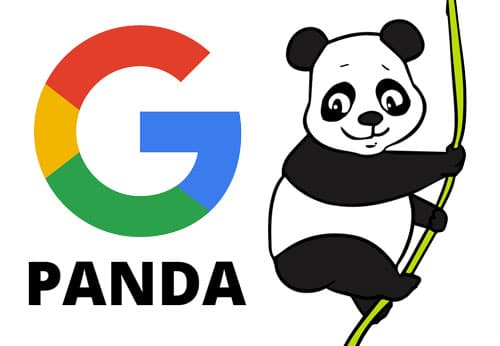Duplicate Content Penalties
Anyone with a website should be aware of the hazards of duplicate content. Taking blocks of text from other websites is a big no-no, and this is why.
Google’s success is mainly due to the way it delivers the most relevant, interesting and useful search results to it’s users. To be able to do this, Google rewards websites that offer this type of content to users, by ranking it higher in search engine results pages. If Google finds content on your website that it knows has been copied from another site, it will not offer these rewards. In fact, it will do the opposite, and dish out a penalty.
Google explains on it’s Webmasters Blog how this works, and what Webmasters can do to avoid duplicate content issues. However, for you non-Webmasters out there, this might all sound a little confusing, so here is our simplified explanation.
What is Duplicate Content?
Duplicate content is text that has been directly copied from somewhere else on the web. If a piece of content appears on a particular website, for example website1.co.uk, then the owner of website2.co.uk uses the same content on their website, that would be classed as duplicate content. You can also have duplicate content issues internally, for example if you have product pages that can be accessed via multiple URLs. For instance, shop.co.uk/red-bag and shop.co.uk/categories/bags/red-bags. However, internal issues can easily be avoided…
Avoiding Duplicate Content Issues from External Sites
This is a simple one – don’t copy others. If someone has a really great piece of content that you want your users to be aware of, then the safest option is to link to that website, giving credit to the original author. This not only credits the author, but also gives them a boost with a backlink.
Avoiding Duplicate Content Issues Internally
As I mentioned in the shop example (third paragraph) there are occasions whereby duplicate content cannot be avoided. The way to deal with this is to use a little piece of code on your website, that tells Google which is the original version of that content. This is called canonicalisation, using a tag named “rel=canonical” in the head section of your HTML page. As your developer to do this for you, it’s tricky to get it right. There are more things that can be done to help, but I don’t want to bamboozle you. For more info, you can read Google’s own article if you want the granular detail.
What Should You Do Now?
First of all, have a look through the pages on your website and see if you have copied content from elsewhere. If you have, don’t panic, but you should really change that content.
If you have an online store, or a site where the same bits of content are used on more than one page, I would advise you to contact your Web Developer or Webmaster, or contact us. We can take a look at your site and do all the right things to help you, according to Google’s guidelines.
The golden rule here though, is taker time to write your own content, or pay a professional copywriter to help you. Whatever you do, DO NOT pinch content from elsewhere.



